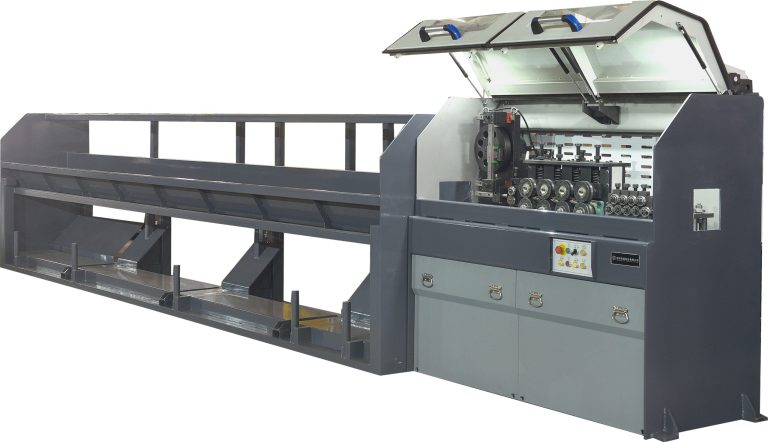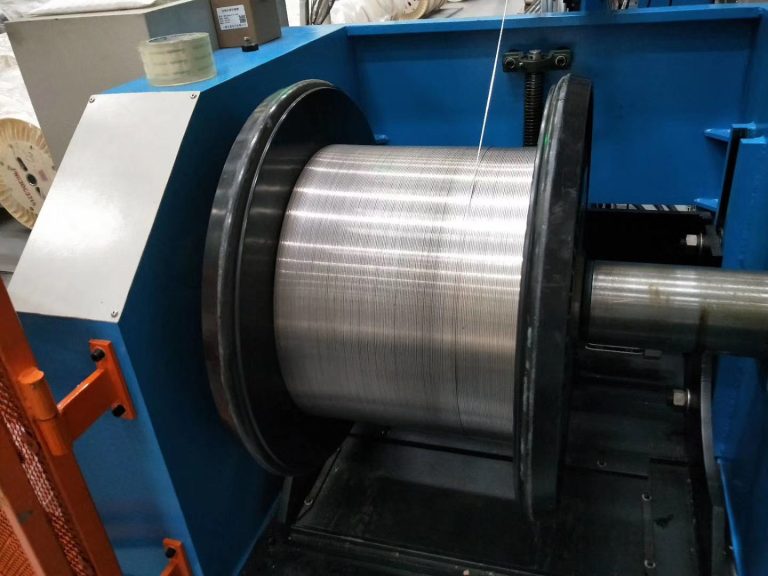Understanding the Wire Drawing Machine Process
Horizontal Spooler Wire drawing machine process used to reduce the diameter of a wire by pulling it through a series of dies. This process is commonly used in the manufacturing of electrical wiring, cables, and various types of metal products. The wire drawing machine is a crucial piece of equipment that facilitates this process by applying tension to the wire and pulling it through the dies.
The wire drawing machine consists of several components that work together to achieve the desired reduction in wire diameter. The first component is the capstan, which is a rotating drum that provides the necessary pulling force to move the wire through the dies. The capstan is typically driven by an electric motor, which allows for precise control over the speed and tension of the wire.
As the wire is pulled through the capstan, it passes through a series of dies that are progressively smaller in diameter. These dies are made of hardened steel and are designed to gradually reduce the diameter of the wire as it passes through them. The wire drawing machine may have multiple sets of dies, each set reducing the diameter of the wire by a specific amount.

In addition to the capstan and dies, the wire drawing machine also includes a lubrication system that helps reduce friction between the wire and the dies. This lubrication system is essential for ensuring a smooth and efficient drawing process, as excessive friction can cause the wire to break or become damaged.
The wire drawing process can be divided into several stages, each of which plays a crucial role in achieving the desired reduction in wire diameter. The first stage is the preparation of the wire, which involves cleaning and straightening the wire to remove any impurities or deformities that could affect the drawing process.
Once the wire has been prepared, it is fed into the wire drawing machine, where it is pulled through the capstan and dies. As the wire passes through the dies, it is gradually reduced in diameter until it reaches the desired size. The speed at which the wire is pulled through the machine, as well as the number and size of the dies, can be adjusted to achieve the desired level of reduction.
After the wire has been drawn to the desired diameter, it is typically wound onto a spool or reel for further processing. Depending on the application, the wire may undergo additional treatments, such as annealing or coating, to improve its properties and performance.
Overall, the wire drawing machine is a critical piece of equipment in the manufacturing industry, allowing for the production of high-quality wires and cables with precise dimensions. By understanding the process of wire drawing and the components of the wire drawing machine, manufacturers can ensure efficient and consistent production of wire products.





